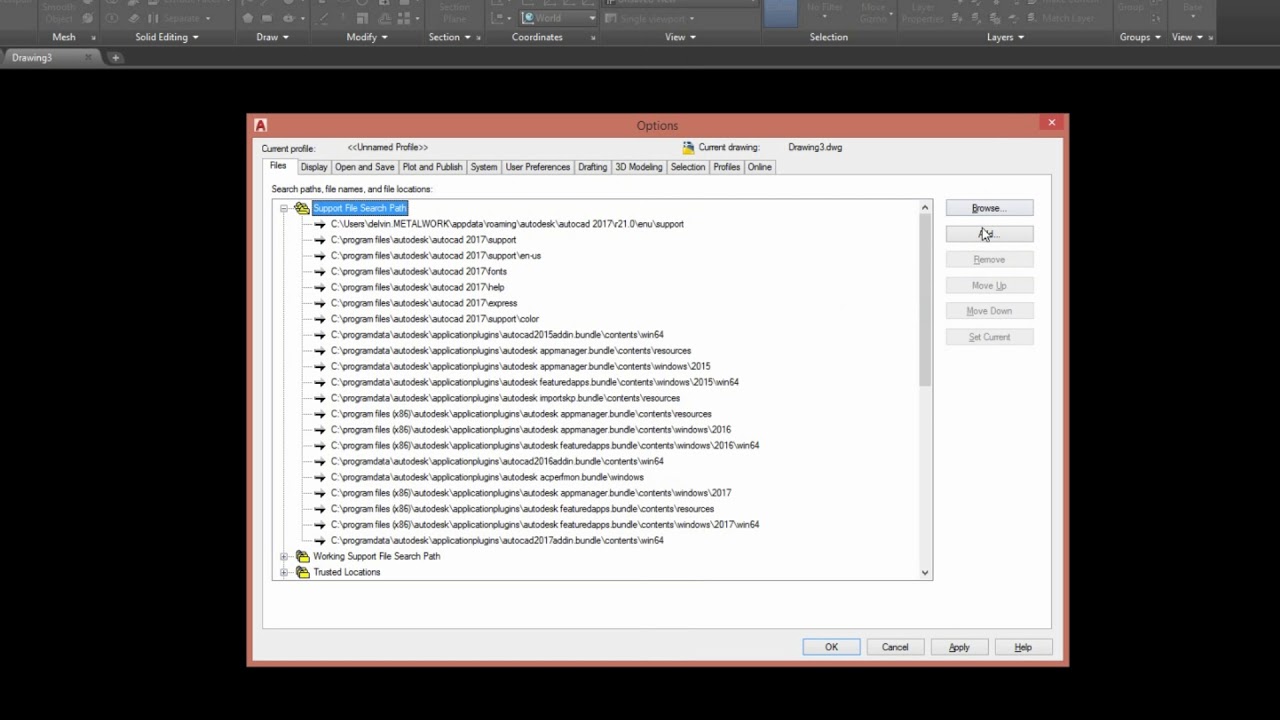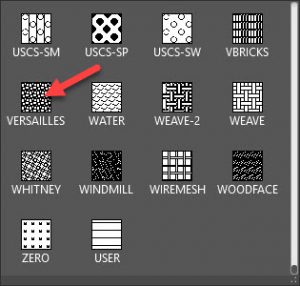
“501” being the unique number and “Wood” being the name you want to appear in the dropdown list. Each cross hatch has a number, and SOLIDWORKS has reserved the first 500, so any custom cross hatch you add must start like so *:501:Wood, There are a couple of things to remember. Thus, the coordinates should have been placed at the third and fourth rather than the second and third as currently set. For linear pattern offsets, the datum should start the optional data and thus there should be at least three optional data items 9of less than three, errors will arise) the start of the pattern may be unimportant when there is only one subpattern of the pattern, and especially when the lines of that subpattern have no pattern. Take notice that the spacing is placed on the fifth rather than the second line, as only the angle and the spacing are truly mandatory data. – Every other number (all odd-numbered or all even-numbered) must be negative (hence, the other half of them must all be non-negative i.e. – There must be an even number of optional data The requirements do not restrict the syntax of the data line, per the following: – if it is zero, a dot should be placed there – if it is negative, it is the length of the empty segment of the linear pattern – if it is positive, it is the length of the visible dash of the line Else, the items have the following meaning: If they are absent, the line does not have a pattern. They are optional, their number is arbitrary or they might not be there at all. The subsequent data items describe the linear pattern. The data line contains data separated by commasįirst is the angle at which the lines are drawn, the second and third are the 2d coordinates of the point which is the start of the subpattern (start of the linear pattern on one of the lines) The fourth is the offset for the start of the linear pattern between two consecutive lines of the subpattern, the fifth is the spacing between the lines Otherwise, the line could only be the pattern’s header line that starts with an asterisk ‘*’ immediately followed by the name of the pattern, per the rule mentioned above.Īll non-empty non-comment lines after the header (before the next header or until end-of-file) must be data lines that conform to the format described below.Įach line corresponds to a subpattern which consists of one bunch of parallel uniformly interspaced graphical lines with the same linear pattern on each of them (or all have no pattern i.e. User defined hatch patterns should start with 501Įach non-empty line that starts with a semicolon ‘ ’ is a comment. Please Note: Solidworks reserves numeric identifiers in the range of 001 to 500. And again followed by a ‘:’ This is the numeric identifier for the hatch pattern. I have copied the header instructions of the file below for reference:Įach hatch pattern starts with a ‘*’ character followed by a ‘:’ and an ID. It is advised that you take a copy of the original and keep it untouched, just in case the modifications cause any issues.
#Create custom hatch pattern in autocad 2014 for mac how to
If you open this file with notepad, it gives some instruction at the header of the file on how to create your own custom cross hatches. So, let’s look at the specific wood cross hatch first.Ī file exists within the installation directory for the version of SOLIDWORKS you are using (C:\Program Files\SolidWorks Corp\SolidWorks\Lang\English) called sldwks.ptn which is where the information for the standard cross hatch available is read from.

This particular customer creates furniture, and only wants to cross hatch certain components, not all of them – and would also like a specific wood cross hatch, which does not currently exist. This is controlled from the PART document property settings shown below: If you have no material applied, a default cross hatch is applied. If you apply a material to a component, and then section that component – the default cross hatch for that material is applied to it.

Maybe you’ve come across the same problem and will find the following useful. After a bit of research and head scratching, I managed to come up with a solution.

There were a couple of things that he wanted to do, which at first I did not think were possible. We had a call from a customer the other day regarding cross hatching.


 0 kommentar(er)
0 kommentar(er)
